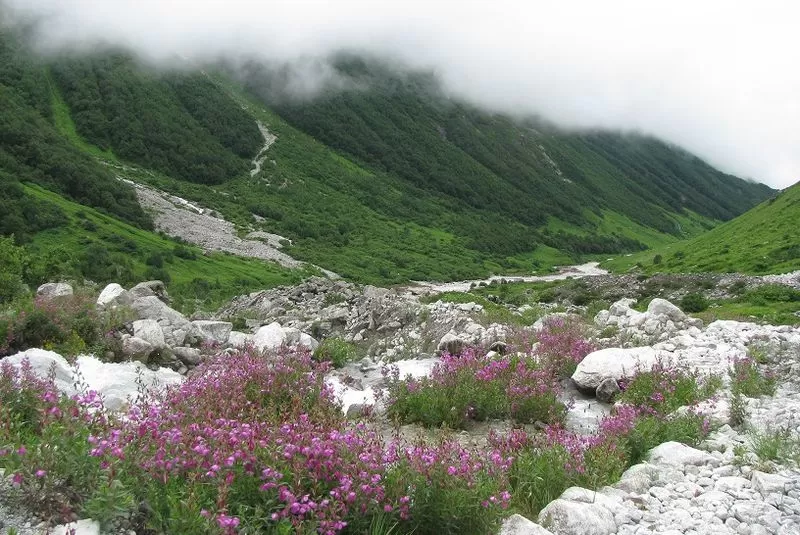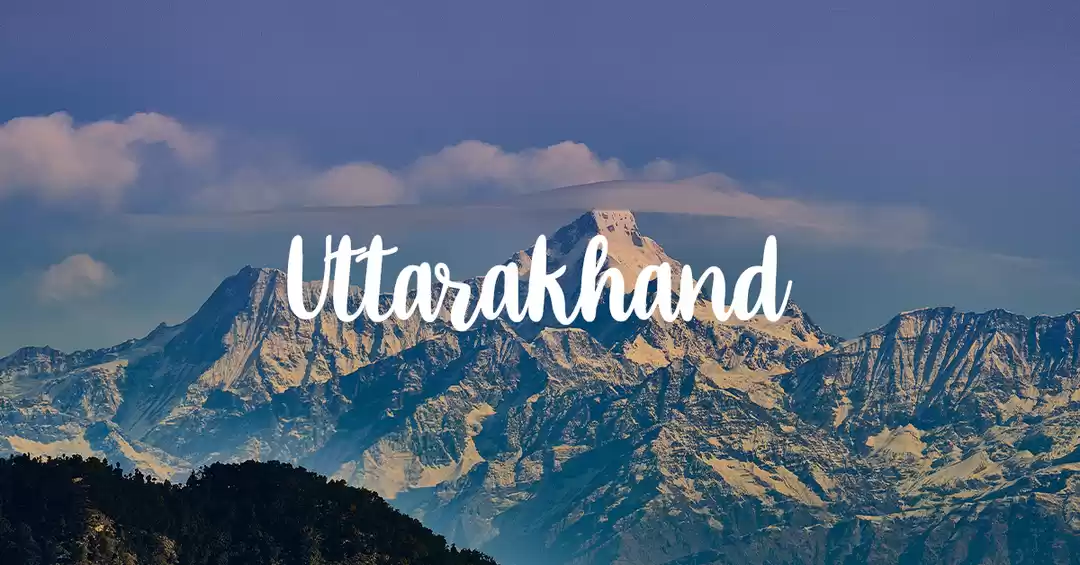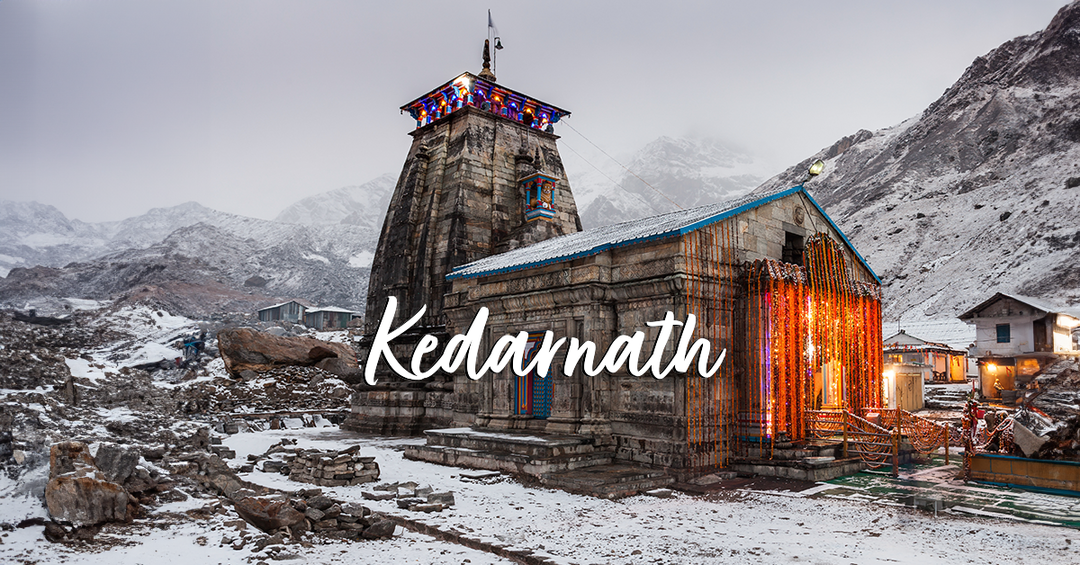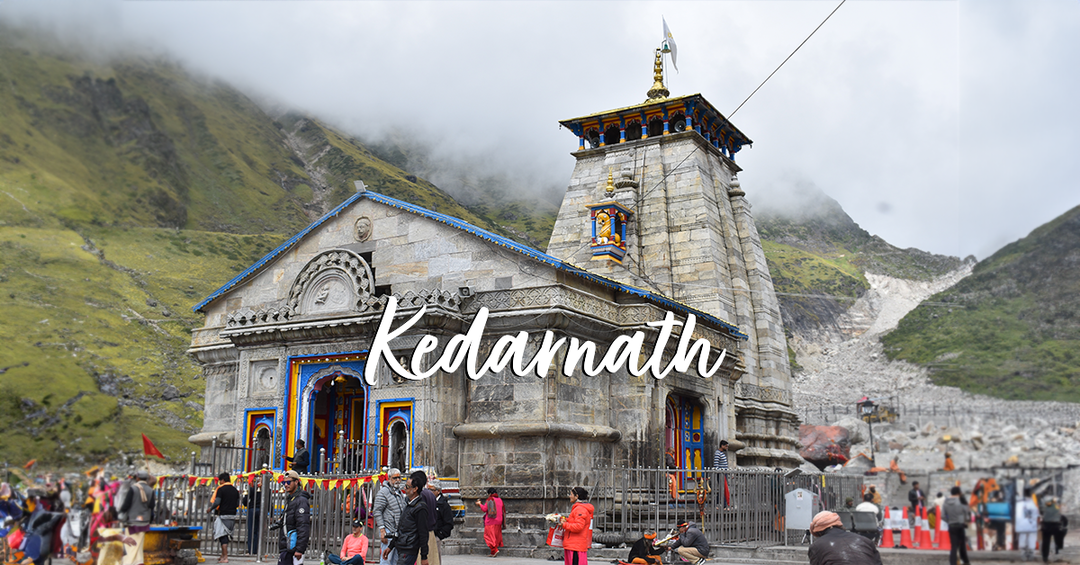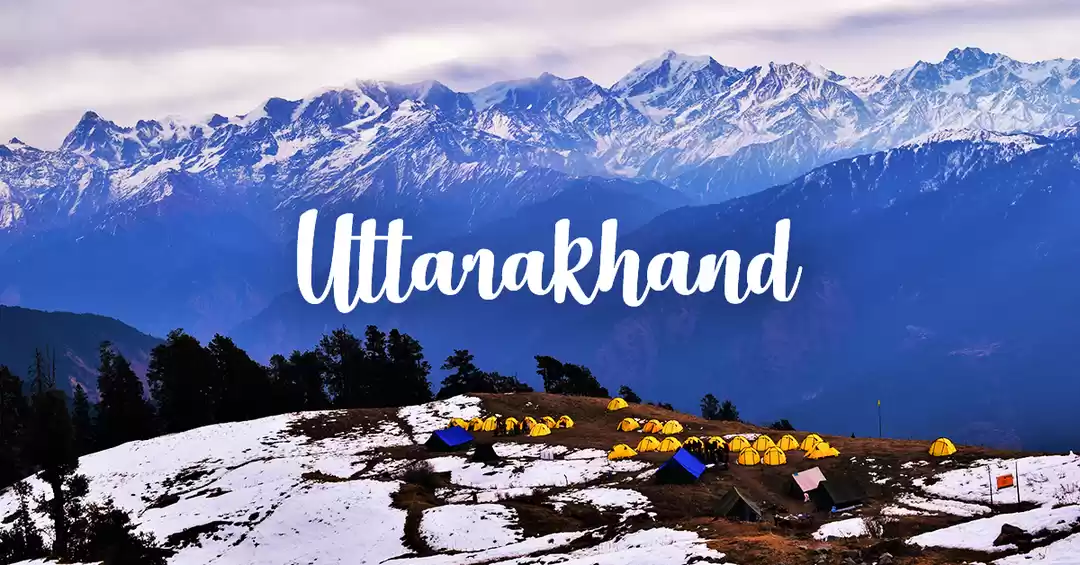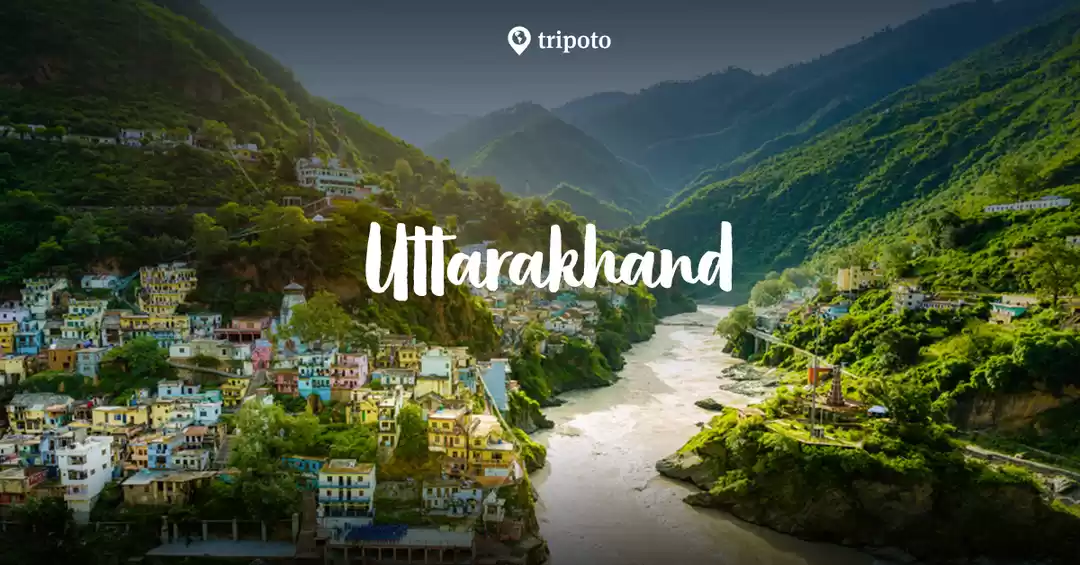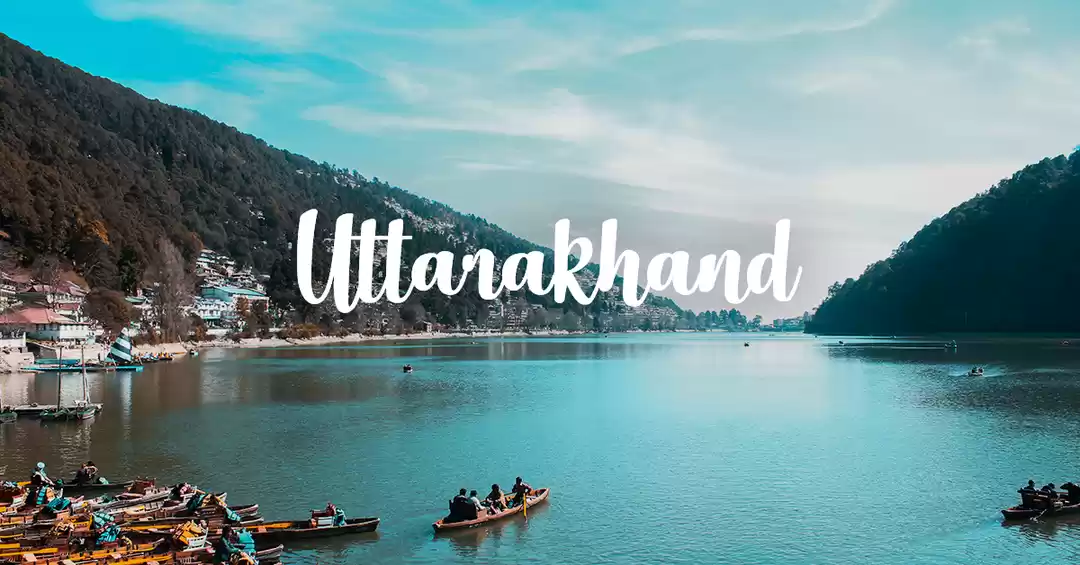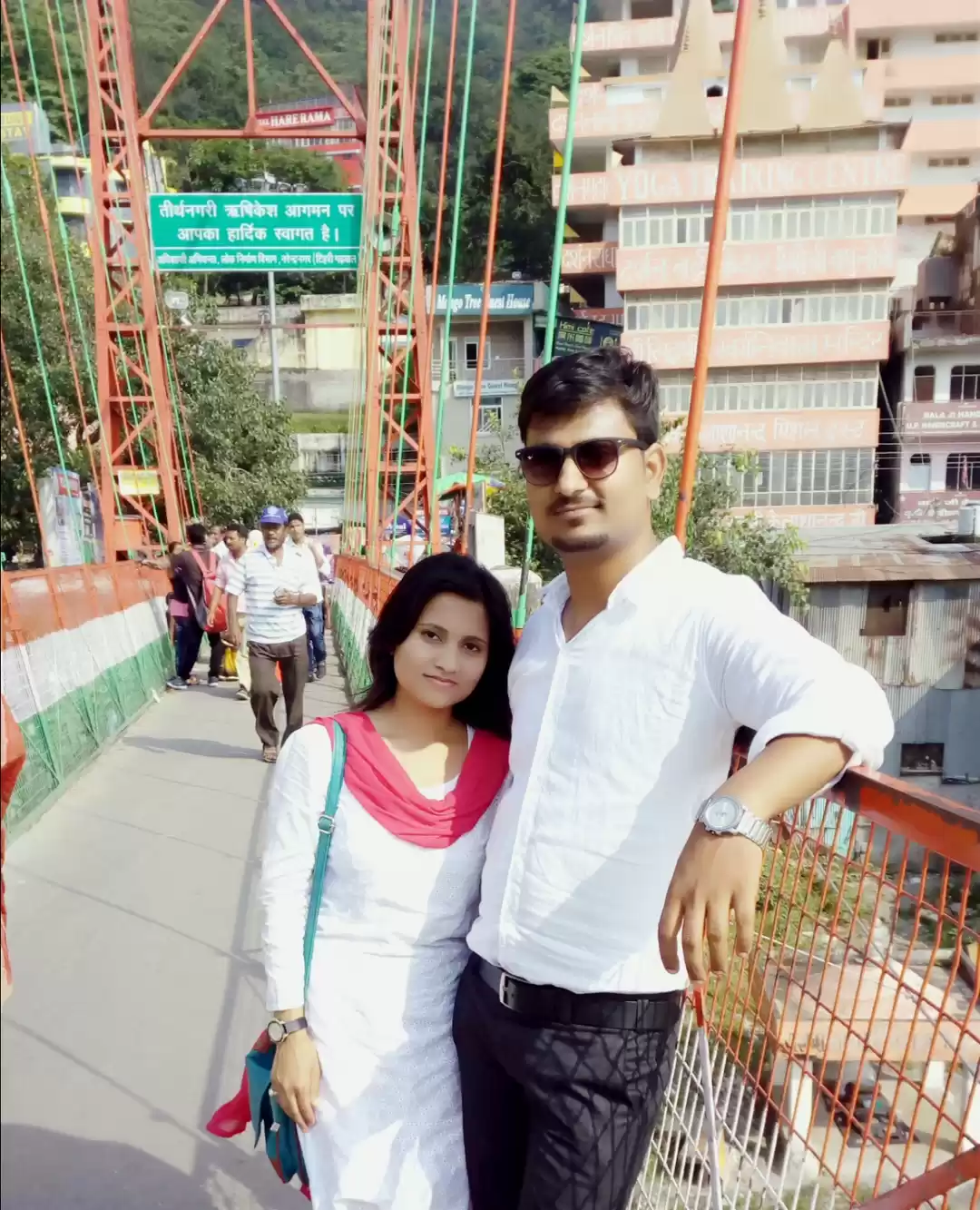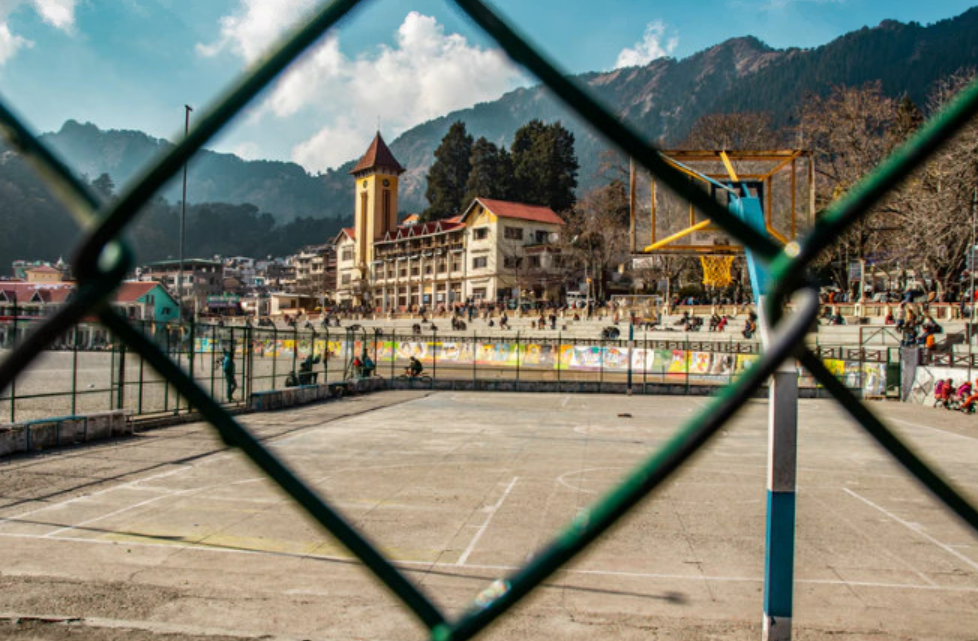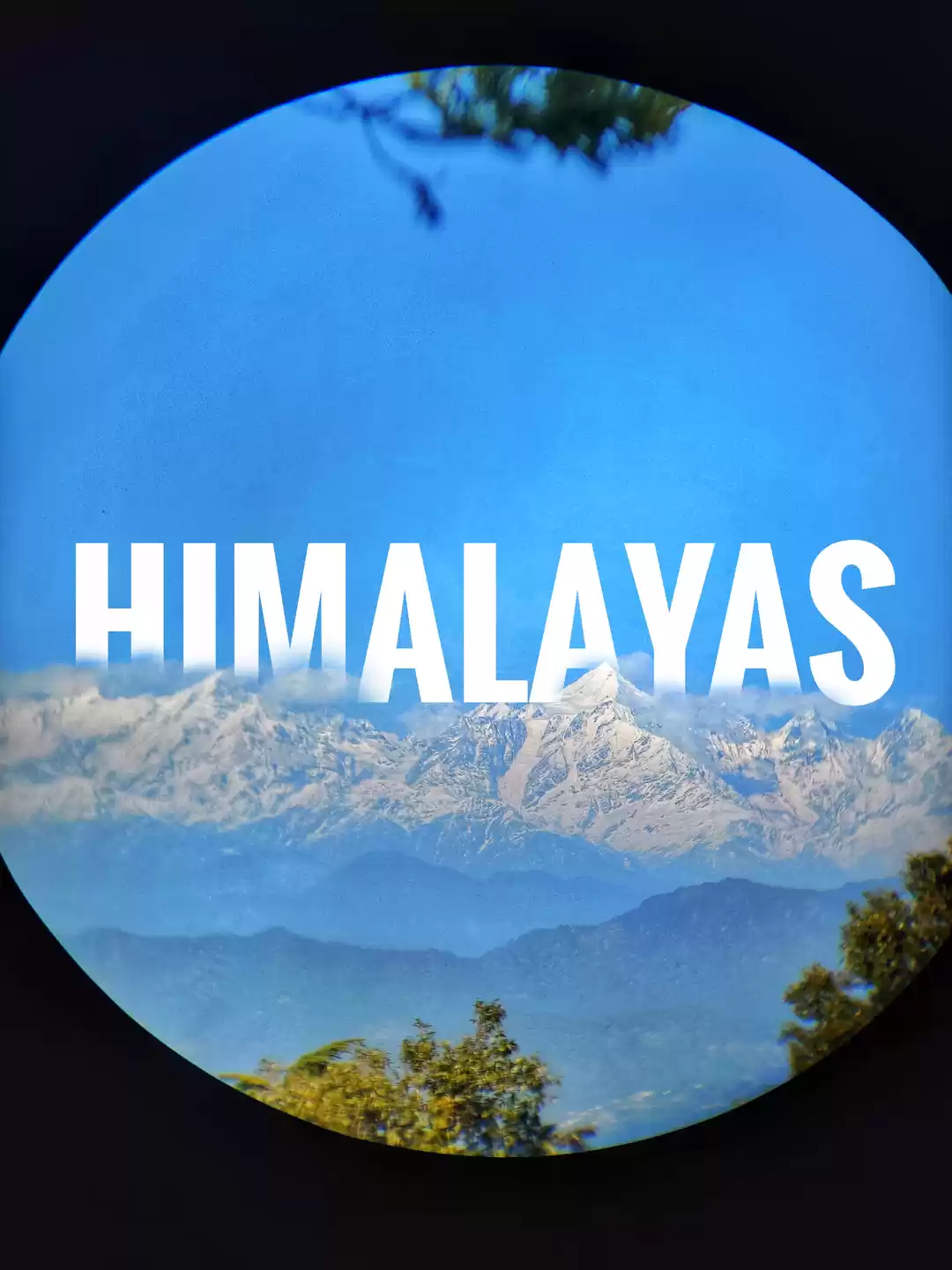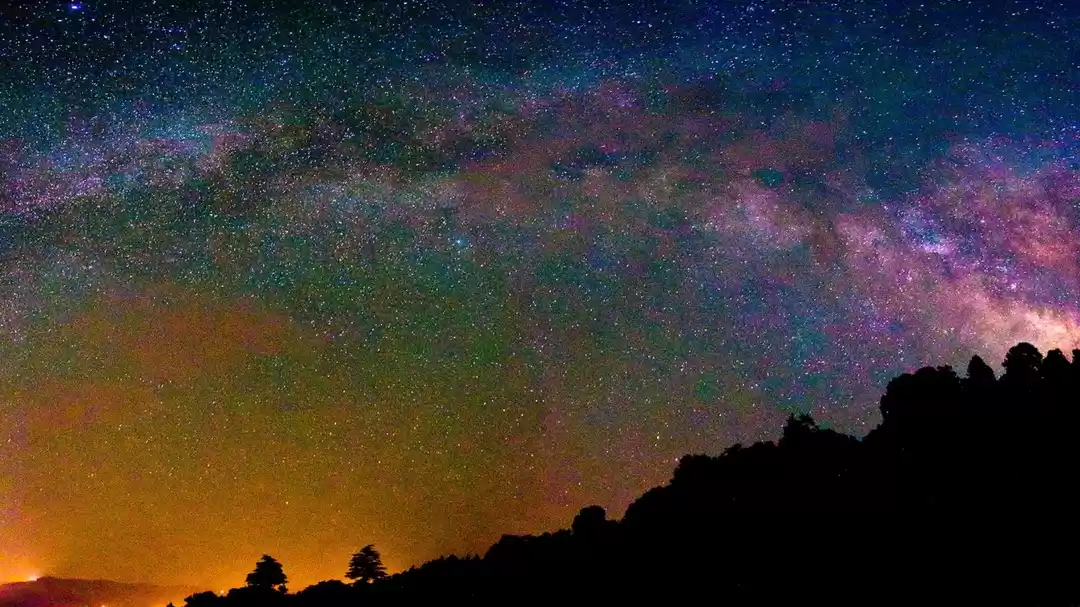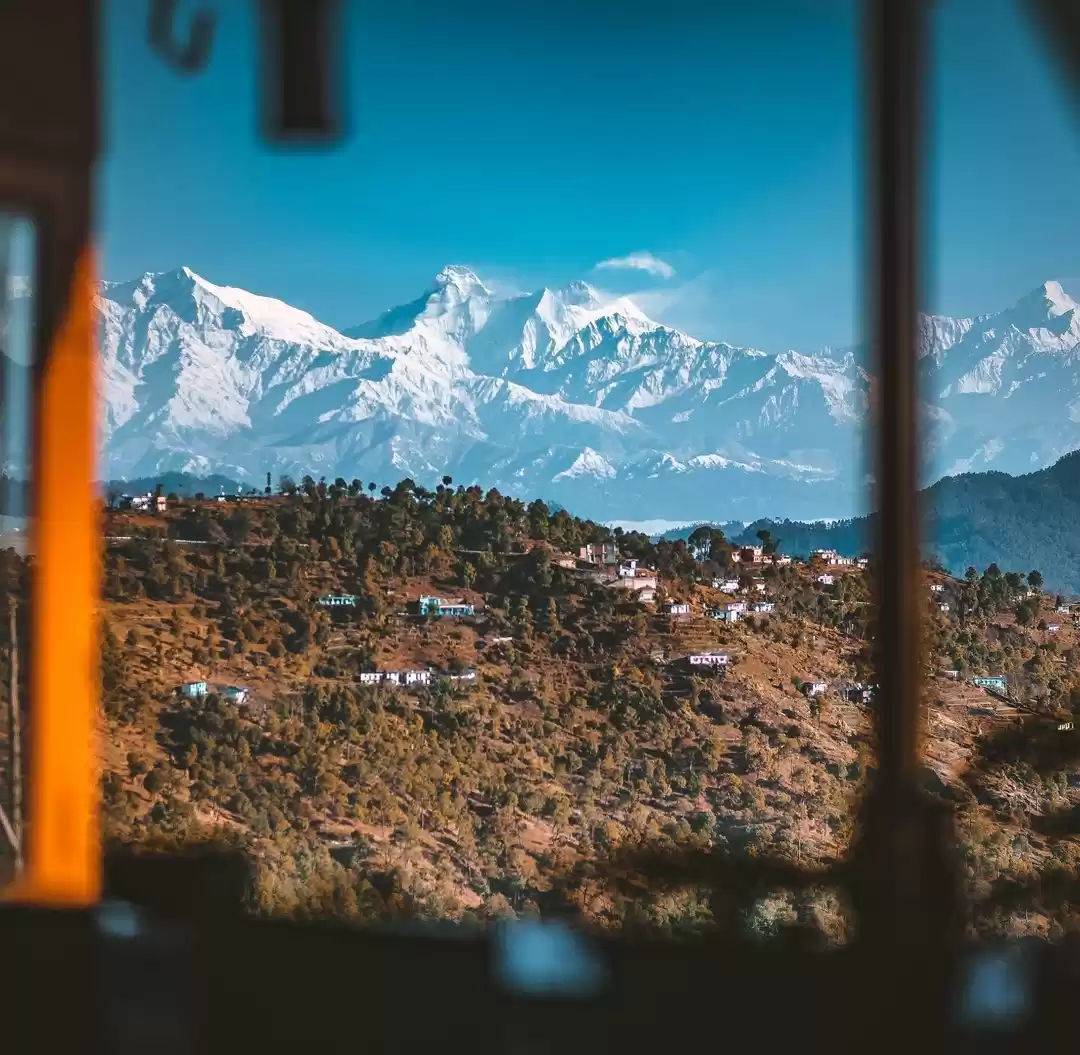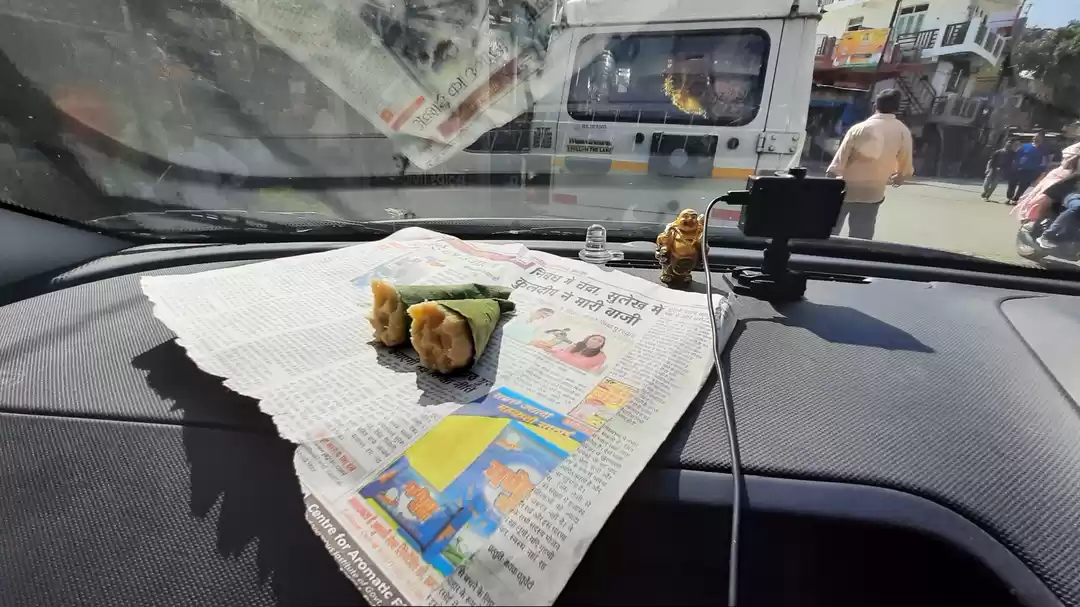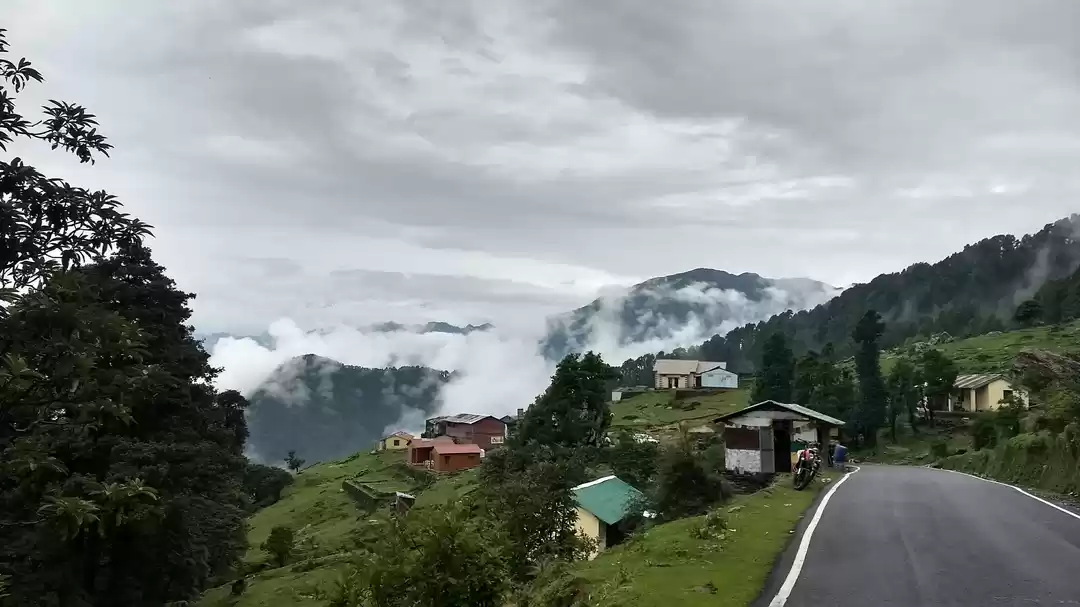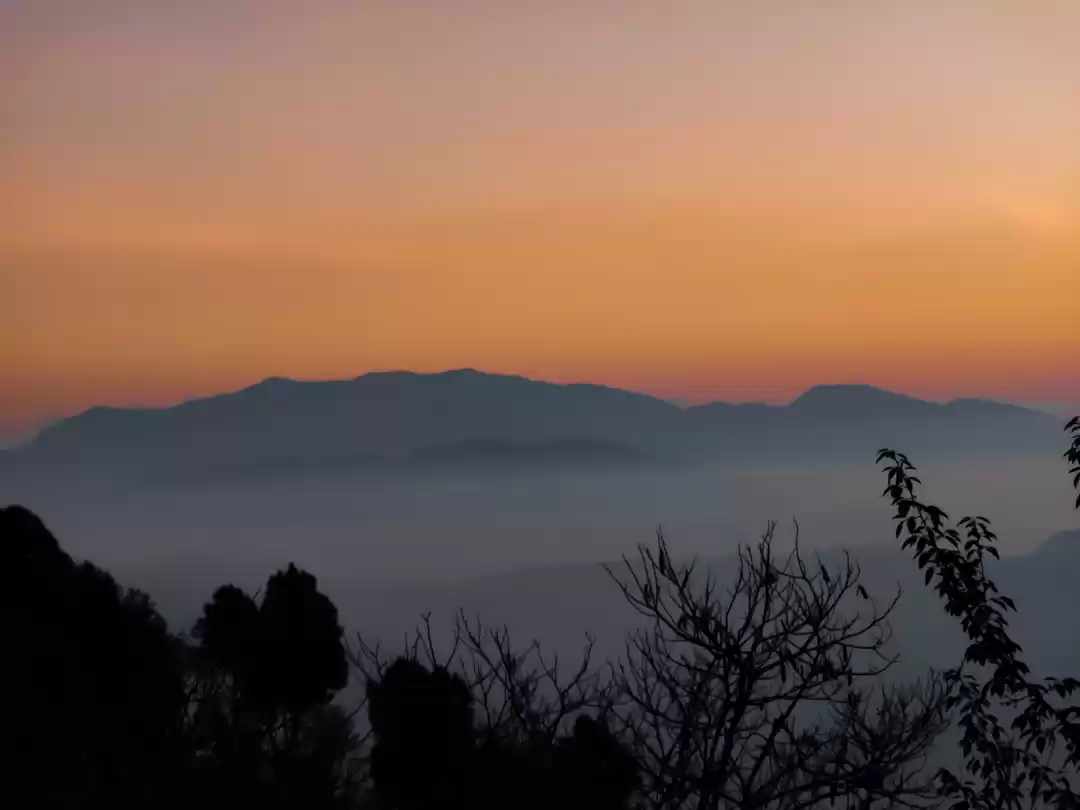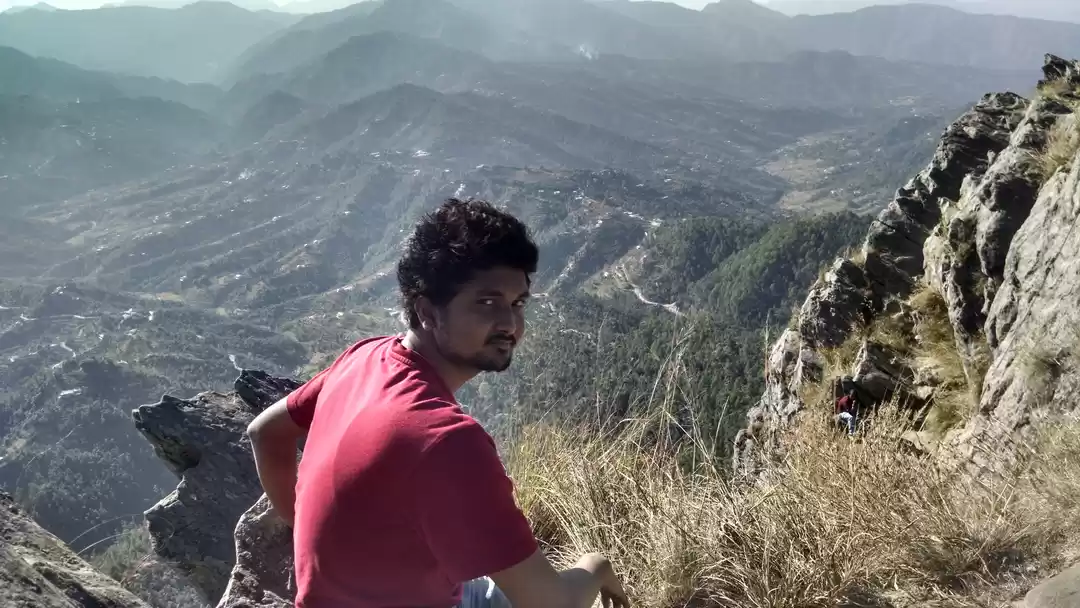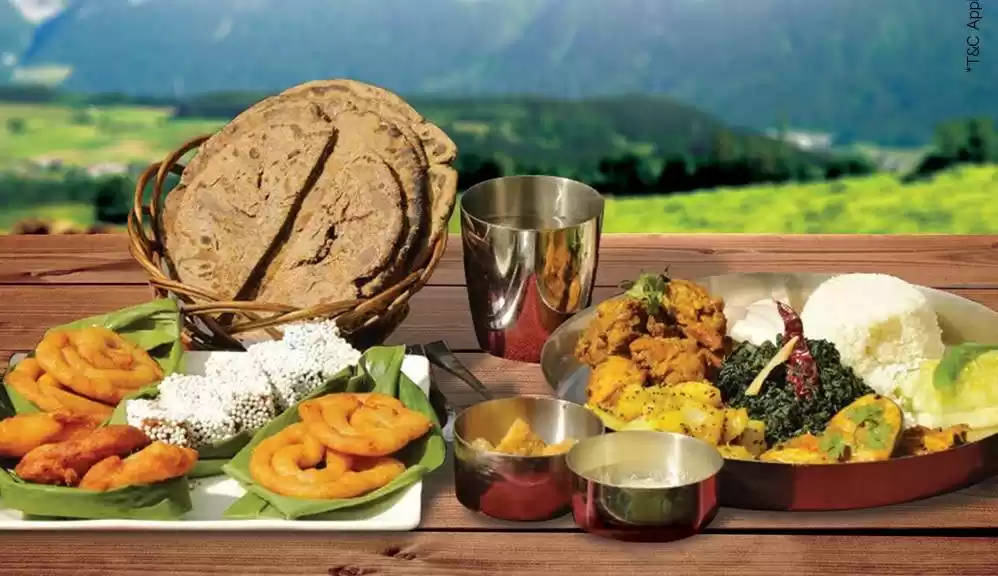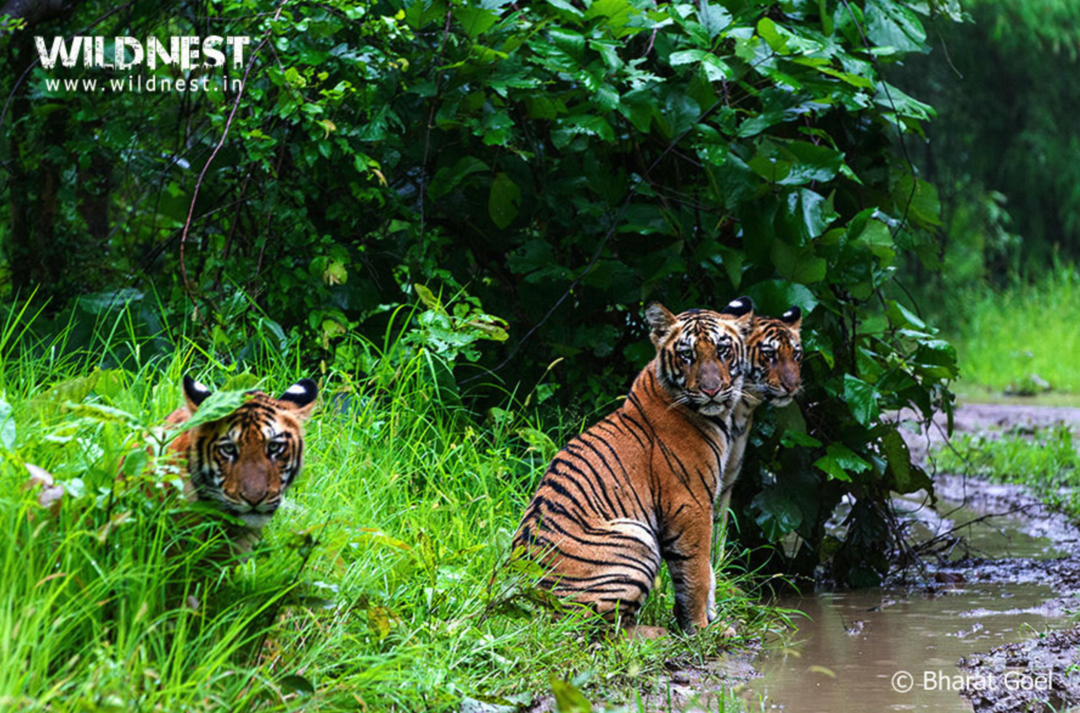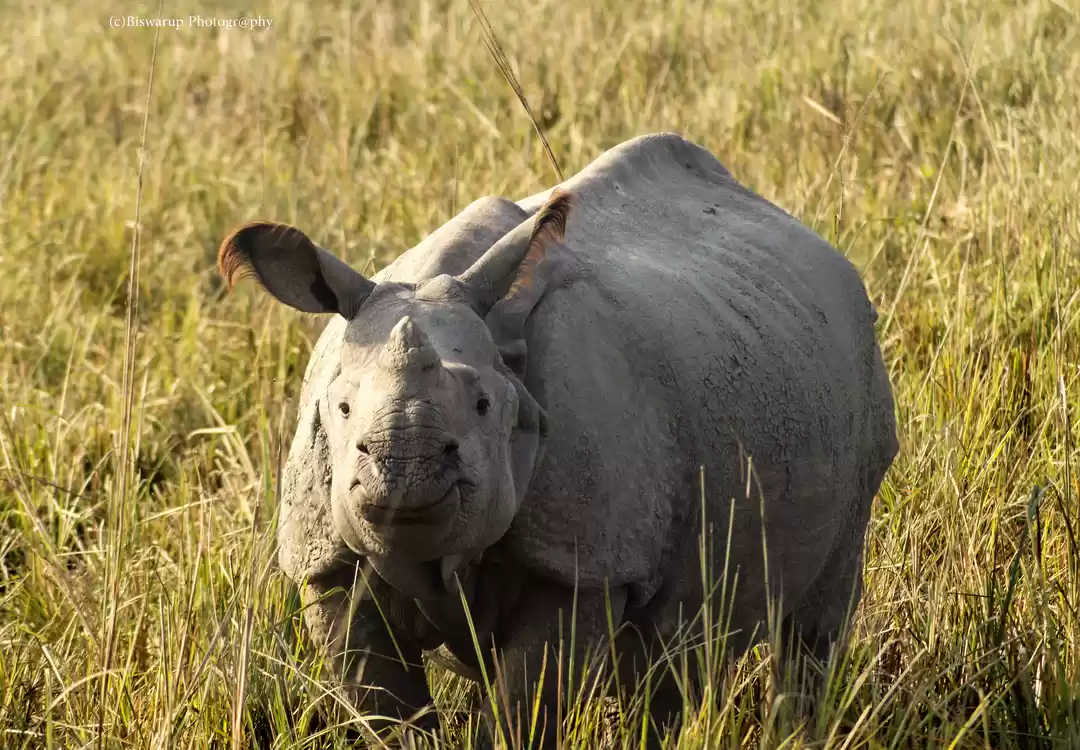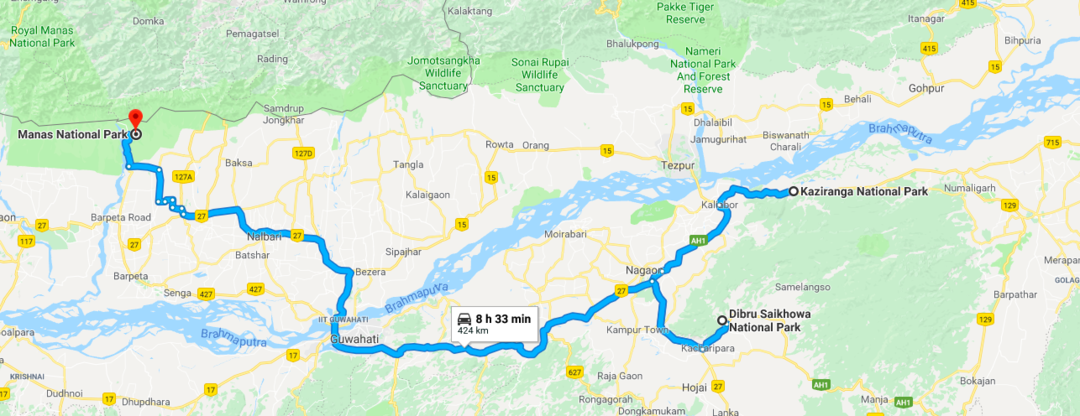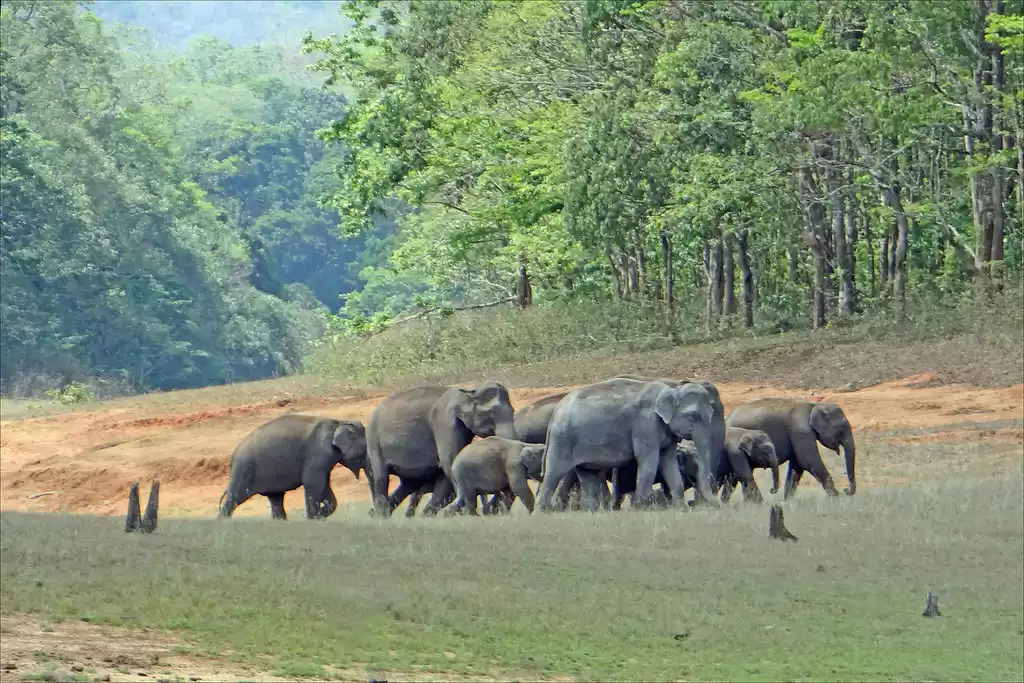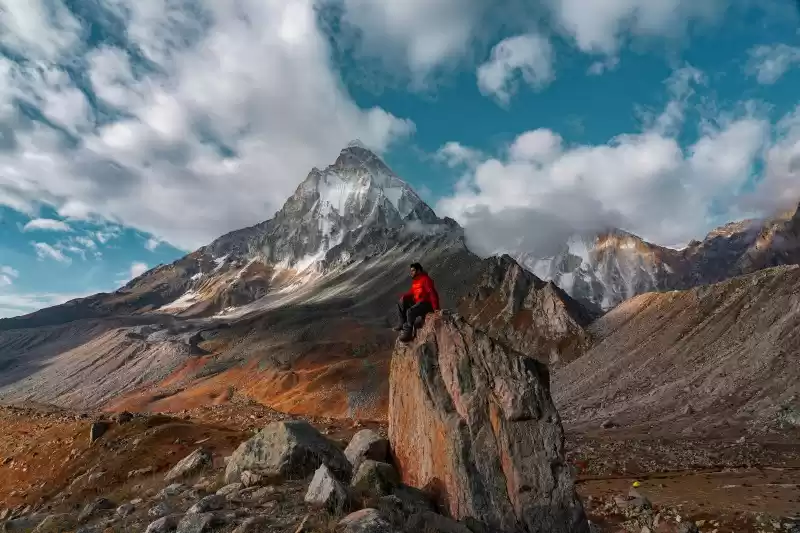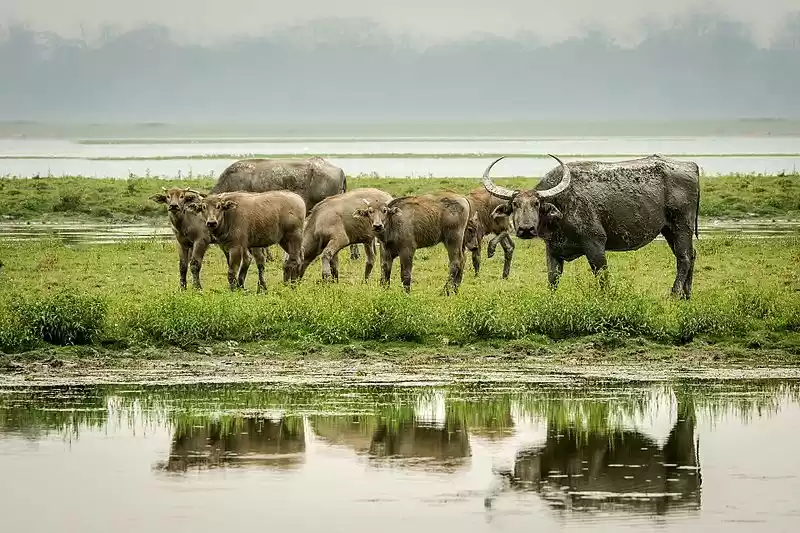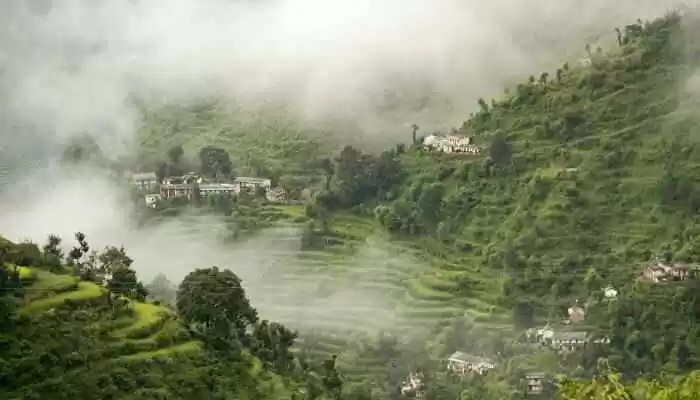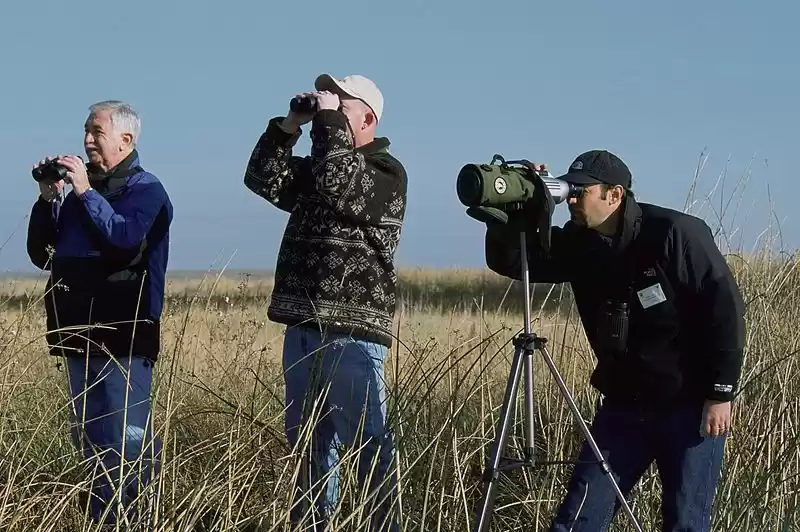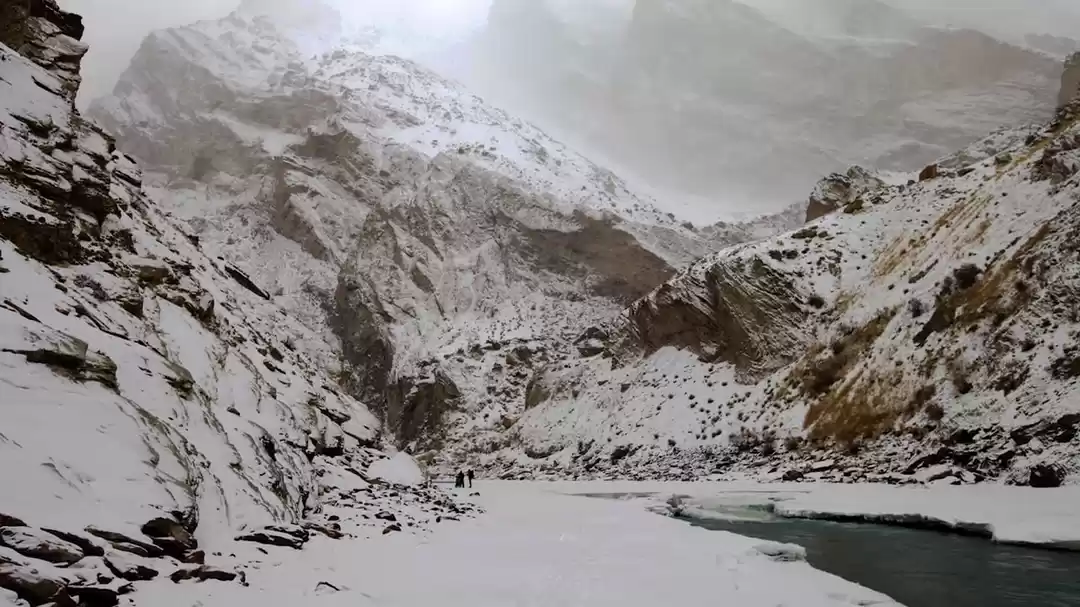Uttarakhand is known for its natural beauty, the abundant Himalayan flora and fauna, temples on hills and quaint villages hiding many beautiful secrets. With five national parks in Uttarakhand and eight wildlife sanctuaries, it comes as no surprise that the state's wildlife is the second major tourist attraction.
Here are five national parks in Uttarakhand you must visit once.
India's most popular and oldest National Park, Jim Corbett National Park is situated in Nainital district of Uttarakhand. A tiger reserve, the park is home to more than 300 Royal Bengal Tigers. It is one of the well-known Uttarakhand tourist places and among the best to visit near Delhi. Established in 1936 as Hailey National Park, it was declared as a tiger reserve and renamed to Jim Corbett National Park in 1956. It is home to around 50 species of trees, 580 bird species and 25 reptile species. The park is also home to a wide variety of wildlife including tigers, elephants, chital, sambar deer, nilgai, gharial, king cobra, muntjac, wild boar, hedgehog, common musk shrew, flying fox and Indian pangolin. It is divided into 5 different zones – Bijrani, Dhikala, Jhirna, Durgadevi and Shela. Among these, Bijrani is the most popular tourist zone as it has the best of natural beauty and the most likely chances of spotting the tiger. There are, both, jeep and elephant safaris available, to visit the park. You have to avail permissions for the same beforehand. You can now book it online and it is advisable to do so as there are no more than 60 vehicles allowed inside the park, at one particular time.
Highlight: Royal Bengal tiger and Indian elephant
Entrance fees: ₹200 for Indians for three nights, two days. ₹100 is charged for additional days. ₹900 for foreigners for three nights, two days and ₹450 per day after that.
Jeep Safari timings: 5.30 am - 8.30 am and 3 pm - 6 pm
Jeep Safari cost: ₹4,000 per jeep for Indians and ₹7,000 for foreigners. There can be no more than six people in a jeep.
Elephant Safari timings: 6 am - 8 am and 3 pm - 5 pm
Elephant Safari cost: ₹300 for Indians for 2 Hours, ₹2,000 for foreigners for two hours.
Best time to visit: November to June.
How to reach: Nearest domestic airport is Pantnagar (84km away) and the nearest international airport is Delhi(210km away). The nearest railway station and bus station is Ramnagar (4km from the Bijrani zone). There are two weekly flights from Delhi to Pantnagar (Wednesday and Saturday). There are three trains and five buses from Delhi to Ramnagar. You can also drive down from Delhi.
Where to stay: Jim's Jungle Retreat, The Gateway Resort Corbett National Park. You can check out more options here.
At the meeting point of the Himalayan ranges, Zanskar and Western and Eastern Himalayas, lies the Valley Of Flowers National Park, a UNESCO World Heritage Site. It is named so for the incredible display of alpine flowers covering the land mass. Home to the Himalayan musk deer, blue sheep and the endangered snow leopard, the park is known for the alpine shrubs, milky-white streams, snow-clad peaks and pristine air. Valley of Flowers has more than 650 species of flowers like Blue Poppy and Cobra Lily. It is also home to many high-altitude birds like the Himalayan monal pheasant. Other animals that reside in this national park are Asiatic black bear, Himalayan brown bear and red fox. Other than the animals, Valley Of Flowers National Park is a great place for trekking enthusiasts. To know more about trekking in Valley Of Flowers, read this. There are no jeep safaris or elephant safaris in the park. The only way to see some wildlife here is to trek inside the park.
Highlight: Alpine Shrubs and Snow Leopard
Timings: 8am - 5pm
Entrance fees: ₹150 for Indians for three days. ₹50 is charged for additional days. ₹250 for foreigners for three days and ₹250 per day after that.
Best time to visit: Mid-July to Mid-September
How to reach: Nearest domestic airport is Dehradun (318km away) and the nearest international airport is Delhi (518km away). The nearest railway station is Haridwar (300km away) or Dehradun. From Dehradun, the only way to go forward is by road till Govindghat. From Govindghat, you can either trek, take a pony or a helicopter to Ghangaria (the base camp of Valley of Flowers). The cost for a mule is ₹500 whereas you can take a helicopter for ₹3,500, one-way.
Where to stay: You can either stay at the gurudwara in Ghangaria or a humble guest house. Sadly, they can't be booked online and you will have to book it once you reach there. Also, you can't pitch a tent there. However, if you take the helicopter to Ghangaria, you can go and come back the same day and stay in Govindghat instead. There are also few options there and those will have to be booked on the spot as well.
Adjoining the Valley Of Flowers is the Nanda Devi National Park, and together they form the Nanda Devi Biosphere Reserve. It was also declared a UNESCO world heritage site in 2004. The park is divided into two parts – Inner Sanctuary and Outer Sanctuary. The Upper Rishi Valley, often referred to as the Inner Sanctuary is featured by Changabang, North Rishi and North Nanda Devi glaciers. The Trisul and Ramani glaciers are features of the Outer Sanctuary. A total of 114 bird species and 312 floral species, including 17 rare species, have been recognised here. It is home to the Himalayan tahr, langurs, carnivores such as the snow leopard, brown bear and black bear. Juniper, fir, birch and rhododendron trees comprise the major fauna. Trekking is the most popular activity in the national park. Visitors need to get the permission from Nanda Devi National Park Authorities in Joshimath for the trek. The visitors need to move in groups of five people. Only two groups are permitted in one day and not more than four groups are allowed inside the park in a week. Each group needs to be accompanied by a registered guide. The entry point to the park is Lata Village, which is around 26km from Joshimath and the trek exits at Surai Thotha which is 30km from Joshimath.
Highlights: Trekking and Rhododendron Trees
Entrance fee: ₹2,500 per person, per day, for Indians.₹2,600 per person, per day for foreigners.
Best time to visit: May to October
How to reach: Nearest domestic airport is Dehradun (195km away) and the nearest international airport is Delhi (535km away). The nearest railway station is Rishikesh (270km away). The nearest city, and the base to stay at before, you start your trek is Joshimath (50km away).
Where to stay: While you are trekking, your only option of stay is tents. However, you can stay in Joshimath and visit the park as a day trip. Joshimath has many places to stay at. You can check them out here.
Gangotri National Park is a sprawling landscape of green meadows with snow-laden peaks in the background. Located in the Uttarkash district of Uttarakhand, Gangotri National Park is one of the most beautiful high-altitude wildlife sanctuaries in India, apart from being one of the best areas for trekking in Uttarakhand. Gangotri National Park has typical high altitude ecosystem influenced by the trans-Himalayan elements. The area enclosed by the park also borders with Kedarnath Wildlife Sanctuary and Govind National Park. It houses about 15 species of mammals and about 150 bird species such as the Himalayan tahr, Himalayan monal, musk deer, Himalayan snow-cock and the snow leopard. Activities such as jeep rides, hiking and trekking can also be enjoyed here. The best way to explore the Gangotri National Park is by trek. There are several trekking trails available within the Park- Gaumukh - 19 km (3 days), Tapovan - 23 km (4 days), Nandanvan - 27 km (4 days) and Kedartal - 17 km (2-3 days).
Highlights: Trekking and Himalayan birds.
Entrance Fee: ₹150 per person for one day, ₹500 for video.
Best time to visit: May to October. You need to obtain a permit from District Forest Officer (DFO) Uttarkashi or DFO Gangotri before entering the park.
How to reach: Nearest domestic airport is Dehradun (277km away) and the nearest international airport is Delhi (510km away). The nearest railway station is Dehradun (242km away). The nearest city, and the base to stay at, before you start your trek is Gangotri.
Where to stay: If you are trekking, the only viable option is to pitch your own tent. However, you can stay in Gangotri and visit the nearby areas. There are many guest houses, lodges and even hotels in Gangotri. You can check them out here.
Located on the foothills of Himalayas, encompassing the Shivalik Range lies the sprawling Rajaji National Park. Pristine scenic beauty and rich wildlife make it one of the most sough-after national parks in Uttarakhand. Established by merging Motichur Wildlife Sanctuary, Rajaji Wildlife Sanctuary and Chilla Wildlife Sanctuary, Rajaji National Park is also a tiger reserve. Bordered by Haridwar, Dehradun and Chillawali, the park is rich in flora and fauna. It is home to more than 25 animal species and 300 bird species. The park has large number of elephants, and many other animals like tiger, leopard, Himalayan bear, many species of deer, wild boar, nilgai, goral, jackal, hyena, civets, sloth bears, pythons, king cobra and monitor lizards. This park also consists of many avian species like great pied hornbills, Himalayan pied kingfishers, pea fowls, woodpeckers, pheasants, the fire-tailed sunbirds, etc. and is visited by a large number of migratory birds during the winter months. Jeep safaris are available easily and are the best way to spot some wildlife.
Highlight: Royal Bengal Tiger and Indian Elephant
Entrance fees: ₹150 for Indians, ₹600 for foreigners. Charges for video shoot are ₹2,500 for Indians and ₹5,000 for foreigners.
Park timings: 6 am to 5 pm between March and June. 6 am to 3.30 pm between November to February.
Jeep Safari timings: 6 am - 9 am and 2 pm - 5 pm between March and June. 6 am to 9am and 1pm to 3pm between November to February.
Jeep Safari cost: ₹250 for Indians and ₹500 for foreigners for one seat on the jeep. The entire jeep costs ₹2,250 and can seat up to 6 people.
Best time to visit: November to March.
How to reach: Nearest domestic airport is Dehradun (35km away) and the nearest international airport is Delhi (235km away). The nearest railway station is Haridwar (8km away).
Where to stay: There are no resorts inside the park, however you can chose to stay in any of the three nearest cities - Haridwar (8km away), Rishikesh (21km away) or Dehradun (55km away). You can check out options to stay at these cities here, here and here respectively.
Have you visited any of these national parks in Uttarakhand? Write about your adventure on Tripoto and help million of travellers plan their next holiday!
Frequent Searches Leading To This Page:-
best places to visit uttarakhand, hotel in almora uttarakhand, uttarakhand tourism hotels, uttarakhand travel guidelines october 2020, uttarakhand trip quora






